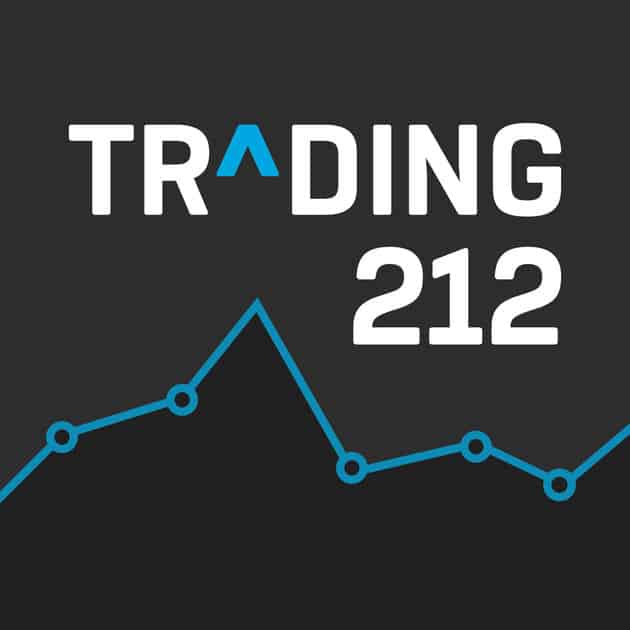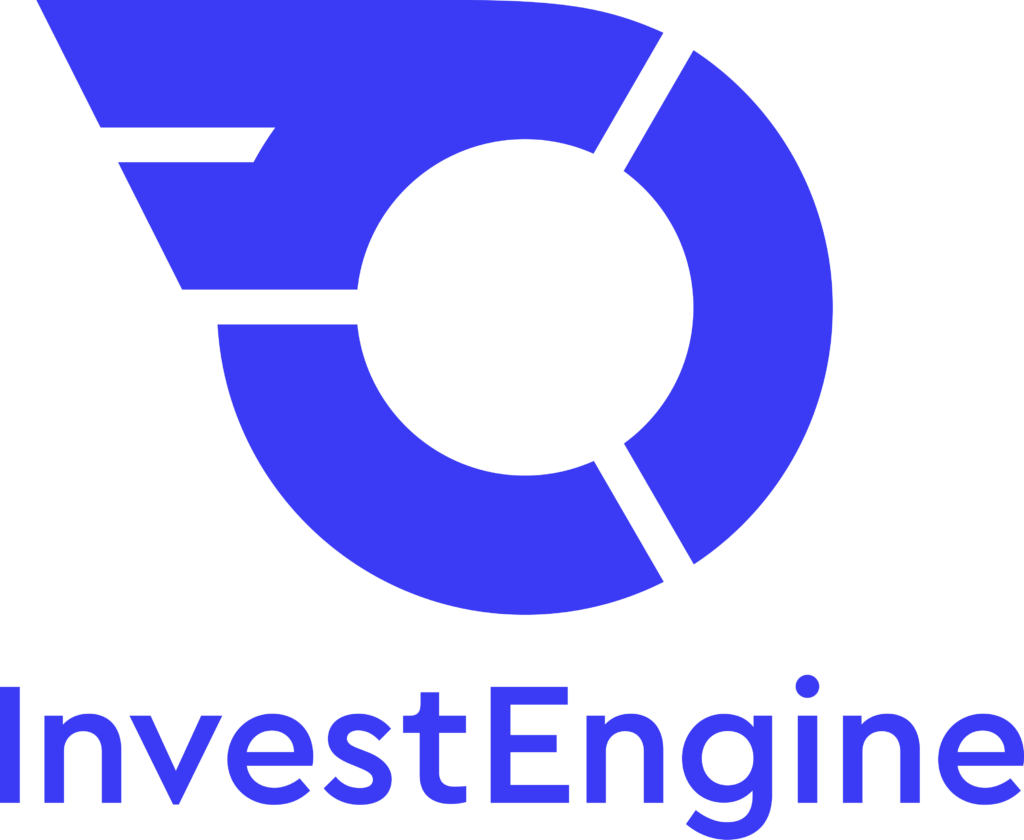In recent years, digital-only banks have emerged as a powerful alternative to traditional banking institutions. These challenger banks, such as Monzo, Revolut, Starling, and Atom Bank, have revolutionised the way people manage their money, offering advanced savings features, user-friendly mobile apps, and innovative tools designed to make saving and managing finances more efficient.
These digital banks offer more than just basic transactional services; they provide a range of features designed to optimise savings, whether it’s through automatic savings tools, better interest rates, or seamless integrations with other financial products.
One of the key advantages of digital banks over traditional banks is their ability to offer higher interest rates on savings accounts. This is because digital-only banks have fewer overhead costs compared to traditional high street banks, allowing them to pass on the savings to customers. These digital savings accounts also often come with fewer fees and more flexibility, making them ideal for savvy savers looking for better returns.
Digital banks also typically have no monthly maintenance fees and no minimum balance requirements, making them more accessible and cost-effective for savers. This is in stark contrast to many traditional high-street banks, which may charge monthly fees for holding an account or require a minimum balance to avoid fees. Both Monzo and Starling do not charge monthly fees for their basic accounts, which includes their savings features. As a result, savers can use these banks as a low-cost way to grow their savings without worrying about excessive charges or hidden fees eating into their returns. This low-cost structure is ideal for individuals who want to save efficiently without the added burden of banking fees eating into their savings.
Digital banks have integrated automation into their savings processes, making it easier for users to set aside money regularly without having to think about it. These tools are especially useful for individuals who struggle to save consistently or want to automate their savings goals. For example, Monzo offers an automatic saving feature called “Pots,” where users can set up regular savings transfers. You can automate transfers on a weekly, monthly, or ad-hoc basis, and the money goes into separate pots within the app, making it easy to allocate savings for different goals, e.g, holiday fund, emergency fund, home deposit. Starling has a similar feature, where you can set up automatic transfers to separate “Goals”. This automation can enhance saving habits by ensuring you consistently contribute to your savings goals without having to remember to do it each time.
A popular feature in digital banking is the “round-up” tool, which automatically saves small amounts of money every time a user makes a purchase. With this feature, purchases are rounded up to the nearest pound or other increments, and the difference is transferred into a savings account or pot. So if you spend £3.50, the extra 50p would be automatically saved into your savings account. While this may seem like a small amount, over time, these round-ups add up, and users are often surprised at how much they can accumulate without having to make a big effort.
Digital banks go beyond just saving money; they also help users manage and track their spending habits. By providing detailed insights into where your money is going, these banks can help you identify areas to cut back and increase your savings. For example, Monzo provides in-app insights about your spending patterns, showing where you’re spending the most e.g., subscriptions, food, or entertainment. This data can help you see areas where you might reduce spending and redirect those funds into your savings.
Another useful feature is that many digital banks allow integration with third-party financial tools and apps, making it easier to manage all your finances in one place. For example, Revolut integrates with investment platforms, allowing you to save while also investing in stocks, crypto, or commodities, all from the same app. These integrations can help users take a more holistic approach to growing their wealth. This level of integration offers convenience and flexibility for savers who want to manage both their savings and investments from a single platform.
Digital banks have transformed the way people save, offering innovative tools, high-interest savings accounts, and a level of convenience and flexibility that traditional banks struggle to match. For savers, digital banks provide an opportunity to enhance savings strategies and reach financial goals more efficiently. Whether it’s through automated savings, high-interest accounts, round-ups, or spending insights, digital banks are offering tools that make saving easier and smarter. The future of saving is digital, and by using these innovative platforms, savers can stay ahead of the curve and optimize their finances in ways that were not possible a decade ago.

Get a FREE fractional share with Trading212
Use promo code: MITM (works within the first 10 days of signing up)
Fractional share worth up to £100. Capital at risk. Terms apply

Get a Welcome Bonus of up to £50 when you invest at least £100 with InvestEngine

Consolidate your Pensions with PensionBee
Keep your pensions all in one place with this simple to use Pension service.
Manage your money better with MoneyMonitor
I personally built this website to allow me to bin my spreadsheets in favour of something a little easier to use. It’s completely free of charge.